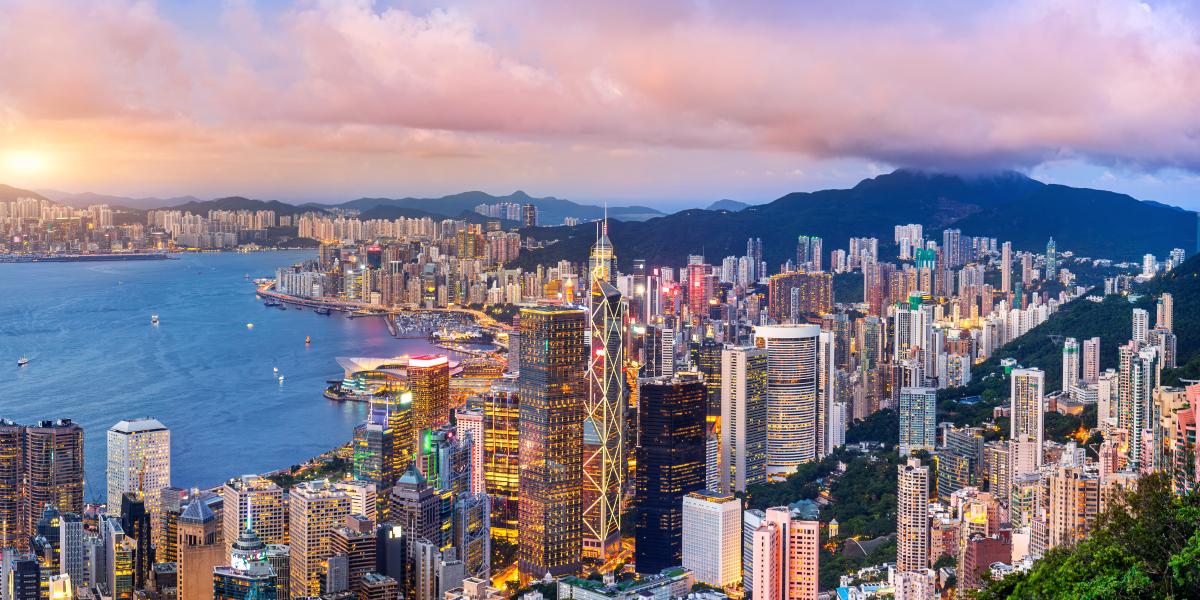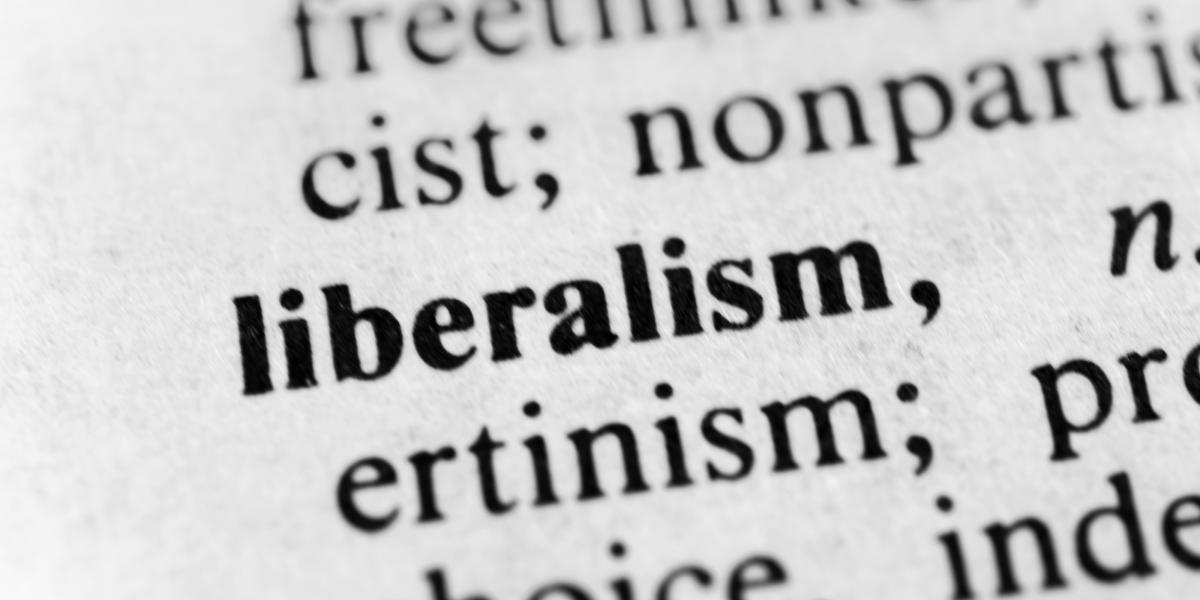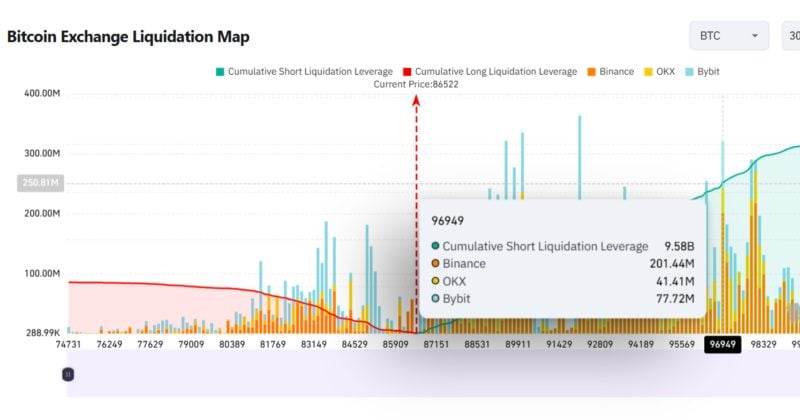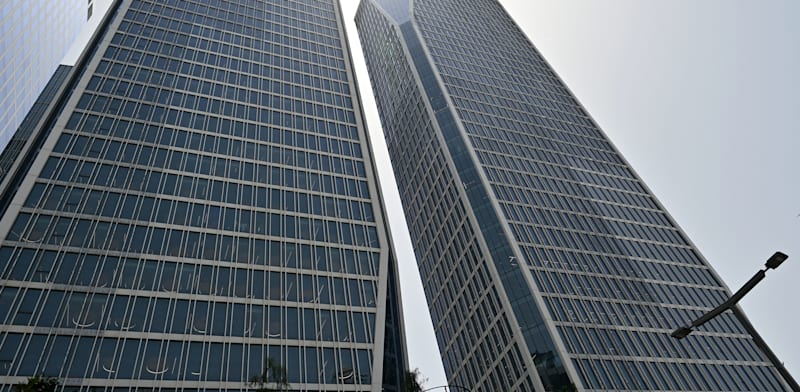Bryan Cheang’s Economic Liberalism and the Developmental State is a timely and intellectually daring book that enters the long-standing debate over the East Asian economic miracle with clarity, rigor, and a revisionist sensibility. Rather than choosing sides between neoliberal praise of market freedom and statist acclaim for technocratic planning, Cheang proposes a more careful reading of the historical and institutional differences between Hong Kong and Singapore. His conclusion is arresting: Hong Kong’s relatively laissez-faire colonial legacy fostered a more productive, innovative, and entrepreneurial society than Singapore’s developmental state.
To understand why Hong Kong outperformed Singapore in key areas of long-term development, Cheang begins by reexamining the colonial origins of both city-states. In contrast to post-colonial narratives that treat imperialism as a purely extractive venture, Cheang emphasizes the institutional benefits left behind by British rule—particularly the enforcement of private property rights, legal impartiality, and economic openness.
One pivotal figure in this historical account is Sir Stamford Raffles. Raffles—influenced by liberal Enlightenment ideals—established Singapore as a free port in 1819. His policies were explicitly anti-monopolistic, pro-free trade, and designed to attract a diverse population of merchants and settlers. As Cheang notes, these reforms were not arbitrary but grounded in a vision of economic liberty—a legacy that, for a time, gave Singapore the foundations of market-led development.
However, as the book progresses, it becomes clear that these liberal origins were preserved and expanded in Hong Kong far more consistently than in Singapore. The colonial administration in Hong Kong under figures like Sir John Cowperthwaite actively resisted economic planning, believing the market to be a better allocator of resources. This principled non-interventionism would later define Hong Kong’s economic model.
Building on this institutional foundation, Cheang turns to the role of the Chinese entrepreneurial elite, who flourished in both cities but under very different conditions. In Hong Kong, Chinese business people—many of them migrants from Shanghai—were welcomed by a permissive government that imposed few restrictions on enterprise. These entrepreneurs revitalized Hong Kong’s manufacturing and finance sectors, contributing to rapid industrial growth in the 1950s and 60s without the aid of state planning.
In stark contrast, the developmental state in Singapore actively sidelined this same class. As Cheang meticulously documents, Singaporean authorities dismantled Chinese clan associations and business networks, viewing them as outdated and politically suspect. Instead of fostering indigenous entrepreneurship, the state favored large government-linked corporations (GLCs) and foreign multinationals, believing these to be more efficient and controllable. The result, Cheang argues, was a dependency culture among local firms and a weakening of domestic entrepreneurial capacity.
This divergence in institutional orientation laid the groundwork for two sharply contrasting economic models. Cheang explores these in depth, carefully tracing how Singapore embraced technocratic state planning while Hong Kong adhered to market liberalism. To many observers, Singapore’s high GDP growth and polished infrastructure appeared to vindicate its model. Yet, as Cheang reminds us, raw GDP figures often conceal deeper inefficiencies.
Indeed, when assessing Total Factor Productivity (TFP)—a more comprehensive measure of innovation and efficiency—Hong Kong consistently outperformed Singapore. Between 1964 and 1997, TFP in Hong Kong grew by 39.13 percent, while Singapore’s actually declined. During this period, Hong Kong’s TFP was 46.9 percent higher than Singapore’s. Even after 1997, the gap remained: Hong Kong’s TFP fell by 18.66 percent, but Singapore’s decline was still significant at 5.39 percent.
This discrepancy is particularly striking given Singapore’s substantial investments in education, infrastructure, and R&D. Despite these inputs, the output simply did not match. Cheang’s conclusion is that Singapore’s growth was “input-driven” rather than “efficiency-driven,” and thus inherently unsustainable without ever-increasing levels of state support.
Nowhere is this inefficiency more apparent than in the realm of innovation. Singapore spends heavily on research and development, regularly outpacing Hong Kong in terms of R&D as a share of GDP. However, this investment has failed to produce proportional results. Cheang shows that in the 2013–2015 period, Singapore ranked outside the global top 100 in innovation efficiency and was the lowest-performing Asian country in the Creative Productivity Index.
By contrast, Hong Kong—despite lower R&D spending—recorded significantly better outcomes. It had six times as many R&D-oriented firms in 2013 and performed better on patents filed by local assignees. These figures suggest that Hong Kong’s innovation ecosystem is more organically entrepreneurial, whereas Singapore’s is overly engineered and bureaucratic.
The reason, Cheang argues, lies in the difference between a permissive and a managed society. Innovation requires freedom—freedom to fail, to challenge norms, and to imagine alternatives. In Singapore, that freedom is constrained by an intrusive regulatory culture, including censorship laws that limit artistic and intellectual expression. While the state may fund the arts, it simultaneously constrains them through bureaucratic control, thereby dampening creative spontaneity.
Moreover, Cheang is particularly critical of the externalized nature of Singapore’s innovation economy. Although the government has invested heavily in R&D and innovation policy through the National Research Foundation and other entities, much of Singapore’s innovation activity is conducted by foreign companies or foreign nationals. The majority of patents filed in Singapore are by foreign entities. Local firms, meanwhile, remain heavily reliant on government grants and risk-averse institutional structures.
This reliance on foreign innovation distorts the picture painted by headline statistics. Singapore may appear globally competitive in innovation rankings, but when examined more closely, its capacity to generate indigenous innovation is low. As Cheang documents, the domestic share of patents, R&D commercialization, and start-up formation remains disproportionately low.
Cheang’s analysis deepens in his discussion of the creative economy. Using trade statistics, employment data, and cultural surveys, he compares the creative sectors of both cities. Once again, Hong Kong leads. It boasts higher levels of exports and imports in creative industries, a larger share of the labor force engaged in the arts, and greater global visibility in film, music, and publishing.
Singapore—despite significant government support through agencies like the National Arts Council—lags behind. Cheang attributes this to a central contradiction: the attempt to foster creativity in an authoritarian setting. State-managed art, he suggests, is inherently limited. It may produce content, but rarely culture. Meanwhile, Singapore’s educational and employment cultures reinforce risk-aversion, making it difficult for young people to envision careers in creative fields.
To clarify the underlying economic structures, Cheang introduces the useful distinction between entrepreneurial capitalism and state capitalism. Singapore falls squarely into the latter category. Government-linked entities dominate major sectors of the economy, from banking to transportation. SMEs, though numerically significant, contribute only 44 percent to industry value-added—well below the OECD average.
In Hong Kong, the state plays a more limited role in the economy. Cheang notes that while the city has faced challenges from property monopolies and political instability in recent years, its entrepreneurial culture remains robust. SMEs contribute more meaningfully to value-added, and the economic environment remains more contestable for new entrants. The philosophical difference is profound: in Singapore, economic life is orchestrated; in Hong Kong, it is allowed to emerge.
Ultimately, Economic Liberalism and the Developmental State is not just a comparison between two city-states—it is a philosophical argument about the limits of technocratic planning and the enduring power of freedom. Cheang does not deny that Singapore achieved remarkable success, but he warns that this success came at a cost: diminished creativity, limited innovation, and a citizenry conditioned to look to the state for initiative.
In contrast, Hong Kong’s model—rooted in British liberal institutions and empowered by a dynamic Chinese commercial class—produced a society more attuned to risk, innovation, and long-term efficiency. Even amid recent political challenges, this model holds important lessons for the future of economic development.
For policymakers, scholars, and defenders of liberal capitalism, this book is both a corrective and a beacon. Cheang reminds us that real prosperity comes, not from orchestration, but from freedom—freedom to trade, to create, to fail, and to try again.


























